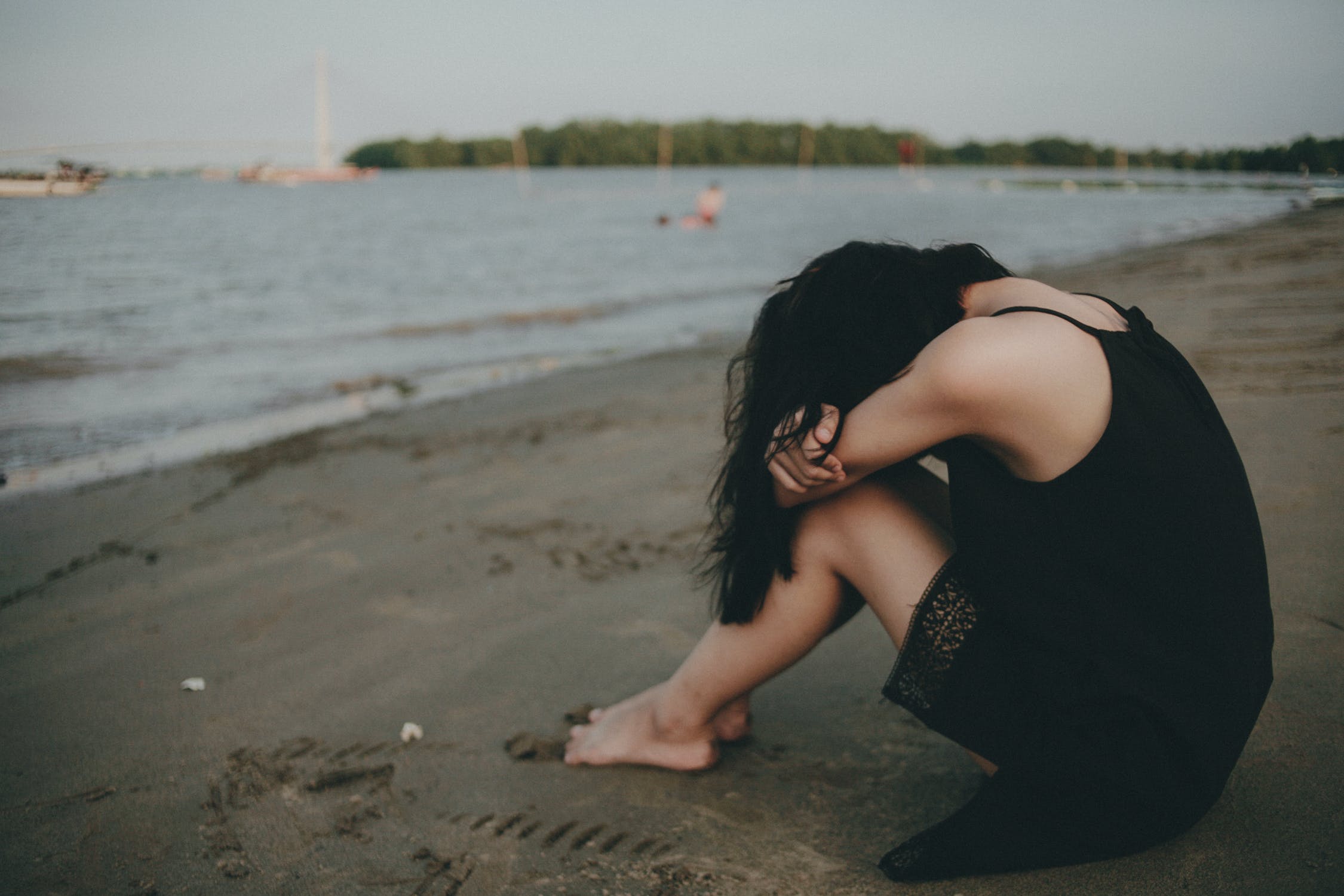Don’t lose yourself to the whirl of depression
The other day I was schooled by a young female colleague on how depression occurs more often in women more than men.
She further enlightened me on how age and gender influences the differences in how depression manifests in people. Research shows that depression in men is manifested as feelings of irritation, tiredness, or anger.This can lead them to display some reckless behaviour and abuse drugs and alcohol.
Observations also prove that men tend to not believe that they are depressed and fail to seek help. This may be attributed to how the society views the male gender as strong, any sign of weakness is deemed to be unmanly and against the code of conduct of men (this is a big problem by the way).
It’s however an entirely different case in both women and younger children, in most cases women feel sad, worthless or unnecessary guilt when they are depressed while depression is expressed in younger kids in their refusal to go to school, anxiety when parents go through a bad divorce and worry of a close one dying.
Findings reveal that depressed teenagers tend to be irritable, sulky, and often get into trouble in school. They also frequently have comorbid anxiety, eating disorders, or substance abuse. In older adults depression may manifest more subtly as they tend to be less likely to admit to feelings of sadness or grief and medical illnesses which are more common in this population also contributes or causes the depression.
Check out these websites for antidepressants that can help you get out of depression.
Just like anxiety disorders, there are various types of depression. These disorders share certain similarities but are different and have their own unique symptoms.
- Persistent depressive disorder. This is also referred to as dysthymia, the major symptom of this is is the occurence of a low or sad mood that persists for most of the day.
Another notable symptom is poor appetite or overeating, insomnia or hypersomnia, low energy or fatigue, low self-esteem, poor concentration, difficulty making decisions, or feelings of hopelessness.
- Premenstrual dysphoric disorder is an extension of premenstrual syndrome (PMS). Although regular PMS and Premenstrual dysphoric disorder (PMDD) both have physical and emotional symptoms, the mood changes in PMDD are much more severe and can interfere with your daily activities. Findings reveal that PMDD is associated with severe emotional and behavioral symptoms which includes sadness or hopelessness, anxiety or tension, extreme moodiness, irritability or anger.
- Major Depressive Disorder. This is believed to be the most commonly diagnosed form of depression. A research conducted in 2017 revealed that around 17.3 million aged 18 years or older in the U.S.A experienced at least one major depressive episode in 2016, which represented 6.7 percent of all American adults.
Symptoms of MDD are an overwhelming feeling of sadness with loss of interest in activities you found exciting in the past. Other symptoms are decrease or increase in appetite, insomnia or hypersomnia, constant fatigue, feelings of worthlessness amongst others.

